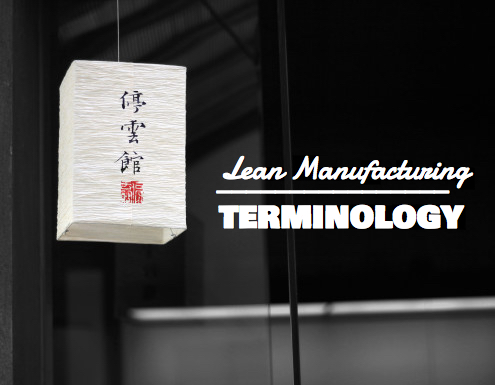
Waste in Lean Manufacturing
Waste is any activity or process that the customer is not willing to pay for, that consumes resource.
There are seven types of waste. They are:
~ Overproduction
~ Waiting
~ Transportation
~ Overprocessing
~ Excess Inventory
~ Excess Movement
~ Scrap or Defects
The worst kind of waste is overproduction because it leads to all of the other six types of waste. For instance, suppose an assembly line builds product ahead of schedule [overproduction] and that product accumulates [waiting] at the downstream process which is a quality test station. It is highly likely that any non-conformity [defects] found on a product at the test station will be present on all of those products waiting for test. Because the line overproduced, the number of units now requiring rework [overprocessing] is increased, probably causing excess motion and transportation. Some companies add an eighth waste: unused employee creativity. This refers to missing improvement opportunities by not engaging employees.
Benefits of Lean Manufacturing
Safety
Within a lean manufacturing environment, safety is the number one priority. The operator is highly respected and every care is taken to ensure they do not get harmed. The benefit of improved safety is that it increases employee engagement and reduces cost to the business, both in terms of claims and also lost time avoidance.
Quality
By standardising the production process, quality defects can be reduced significantly. This leads to less rework, less scrap, less customer returns and less warranty claims. This obviously increases customer satisfaction. Lean manufacturing uses standardised work to improve quality whereas 6 Sigma tries to achieve the same result by eliminating variation.
Delivery
Using analysis to reduce the variation in a process and removing the non-value added activities, the lead time through the process can be drastically reduced. This means that the customer can receive their order sooner, which again, increases customer satisfaction.
Cost
If the above key performance indicators are performing well, then it follows that the costs of the business should be reduced. Accidents, poor quality and late shipments all cost a business money and erode profitability. A company that embraces the principles of lean manufacturing will find that focusing on adding value for the customer ensures the financial performance is favourable.
All of the above performance indicators can be tracked using a visual management board. This helps to identify out of standard conditions quickly. Once identified, action can be taken to resolve the issue and prevent recurrence.









